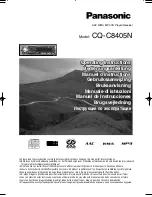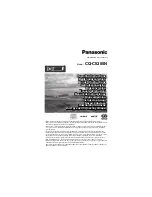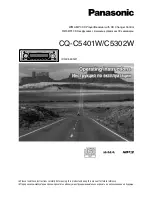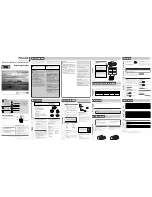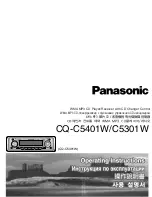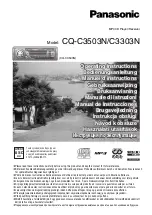
6
GE Contactless Medium Read-Range Reader Model 260
The reader may encounter a wide range of interference as shown in
Figure 3, “GE Model 260 Reader Environmental Considerations,” on
page 5. Common causes include:
Power Wiring
Power wiring carries electrical noise that can interfere with the operation
of the reader. This is more common with traditional 125 KHz proximity
readers. However, this is a potential issue with the GE Model 260 reader,
particularly if data noise is introduced by coupling from the reader’s
power wiring. Any power wire may inductively or capacitively couple
noise into the reader data line.
Data Network Wiring
Data network wiring can generate noise, which may possibly be in the
operating frequency range of the reader. This noise can interfere with
reader-to-credential communication and reduce read range.
Security Wiring
While not normally a source of noise itself (although it can cause
problems if bundled in a loop directly behind the reader), security wiring
can inductively or capacitively couple to data or power wiring, and
transfer noise to the reader.
Signs and Other Metal Objects
Signs and other metal objects within the read field of the reader can
absorb or block reader-to-credential communication and reduce range.
Use shielded cable for reader communication. Reader installation
considerations should avoid read field blocking and overlapping
conditions.
Summary of Contents for 260
Page 22: ...18 GE Contactless Medium Read Range Reader Model 260 FIGURE 11 GE Model 260 Reader to 2RP ...
Page 24: ...20 GE Contactless Medium Read Range Reader Model 260 FIGURE 12 GE Model 260 to 8RP 530475004A ...
Page 34: ...30 GE Contactless Medium Read Range Reader Model 260 ...
Page 35: ...GE Contactless Medium Read Range Reader Model 260 31 ...
Page 36: ...32 GE Contactless Medium Read Range Reader Model 260 ...


























